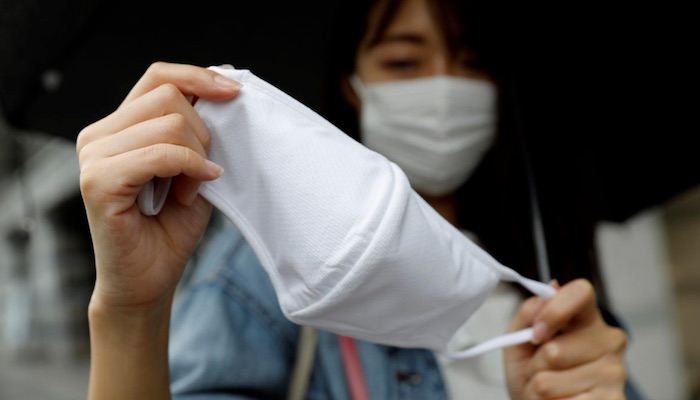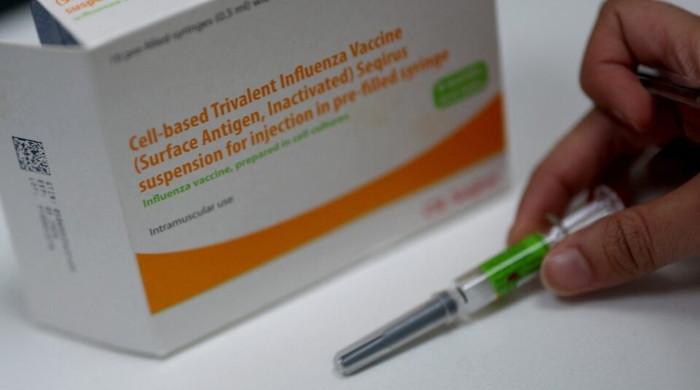Here's why you should not wear face masks with filter
In its latest advisory, WHO recommends against wearing face masks with exhalation valve as they bypass filtration, rendering it useless
December 03, 2020

In its latest COVID-19 advisory, the World Health Organisation (WHO) has warned against wearing face masks with exhalation valves.
Since the outbreak in December last year, more than 63 million coronavirus infections have been reported worldwide with 1.475 million deaths. As the virus remains untreatable and vaccines in the making, face masks and social distancing remain the most useful precautionary measures against SARS-CoV-2.
According to the WHO's latest safety guidance published on June 5, scientific research has proven that using face masks is an effective way of protecting oneself from the novel coronavirus.
"Exhalation valves are discouraged because they bypass the filtration function of the fabric mask rendering it unserviceable for source control," reads the advisory. "Valves that let unfiltered air escape the mask are discouraged and are an inappropriate feature for masks used for the purpose of preventing transmission."
The valve filters the air inhaled by the wearer and blocks out pathogens, allowing easier breathing as compared to traditional masks. They also prevent humidity, reduces heat, and carbon dioxide build-up inside the mask.
To put it simply, they make the wearer's life easy but endangers others around them.
Masks with filters do not prevent the spread of the infectious disease which beats the purpose of wearing it in the first place. A valve does not prevent respiratory droplets from being suspended into the air when the wearer coughs, sneezes, or talks.
Read more: Is coronavirus testing cheaper in Pakistan than other countries?
The United States Centre for Disease Control (CDC) also recommends not using masks with exhalation valve or vents "because this type of mask may not prevent [a person] from spreading COVID-19 to others".
"The hole in the material may allow your respiratory droplets to escape and reach others," it added.
Speaking to Geo.tv, senior epidemiologist Dr Rana Asghar stressed that people need to wear masks because they protect everyone.
"Masks with filters do no stop the infection so it is dangerous for others," he said.
As many COVID-19 patients remain asymptomatic and undiagnosed, wearing a filtered mask means spreading the virus further.
So which masks should you wear?
Non-medical disposable masks, masks that fit properly (snugly around the nose and chin with no large gaps around the sides of the face) and made up of breathable but tightly woven fabric (such as cotton).
The WHO recommends fabric masks to be of a three-layer structure:
Layer one - innermost layer of a hydrophilic material;
Layer two - a middle hydrophobic layer which has been shown to enhance filtration of retain droplets; and
Layer three - an outermost layer of hydrophobic material.
Masks made of loosely woven fabric such as knit or hard to breath through materials such as leather or plastic are also discouraged.









